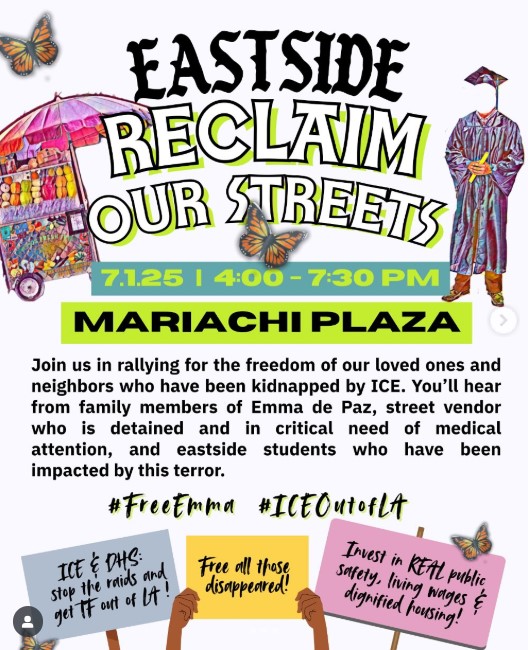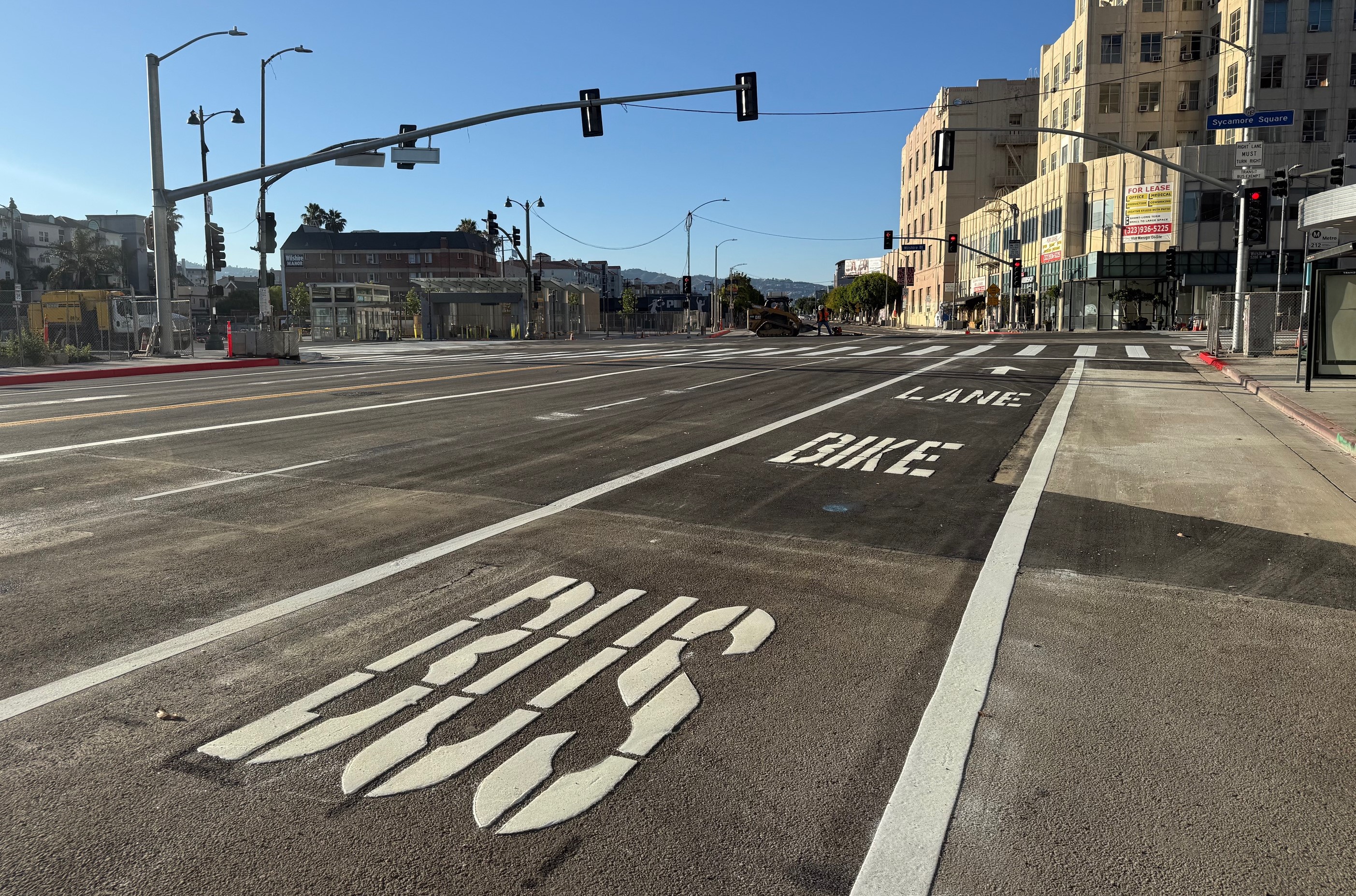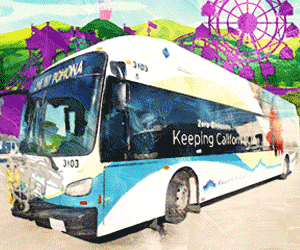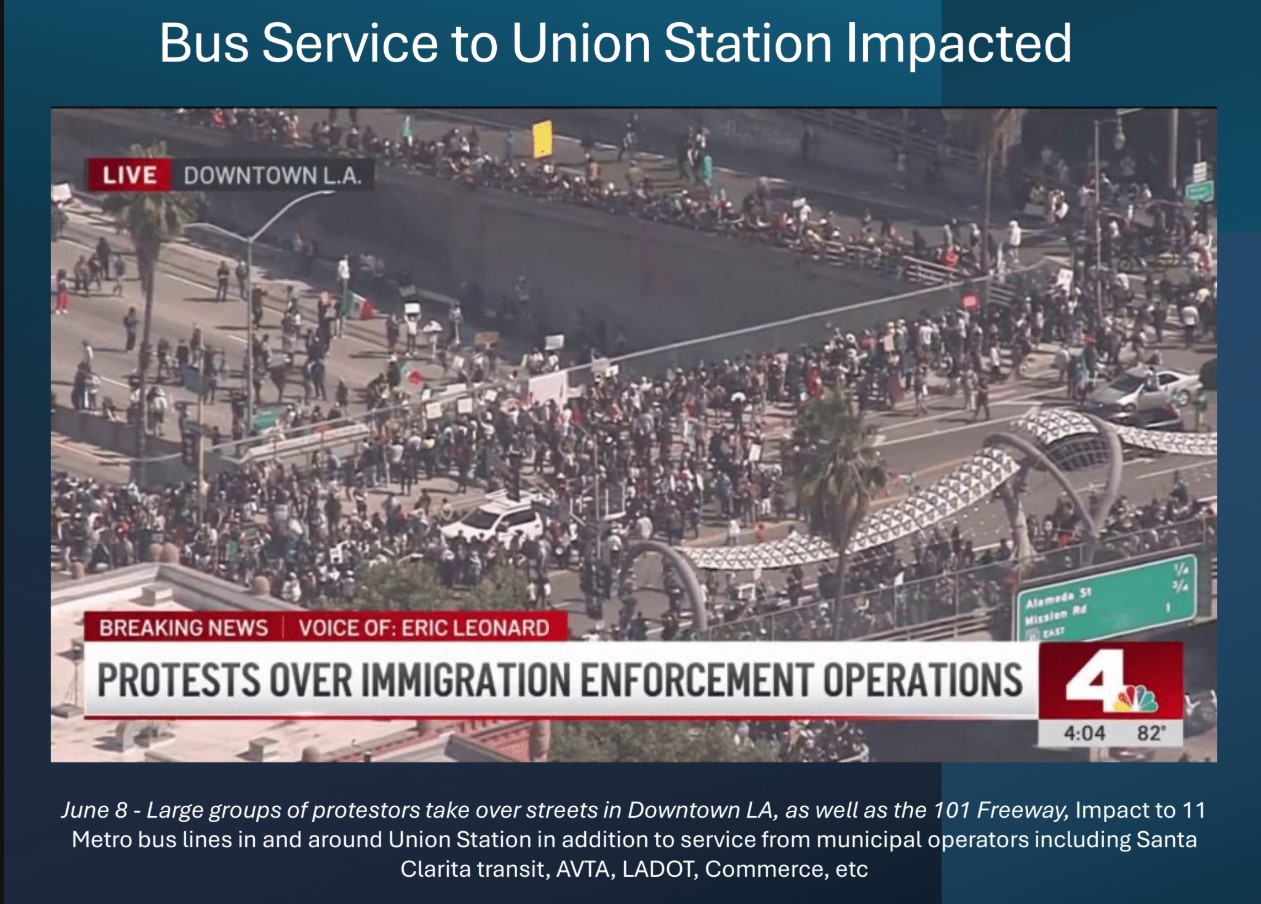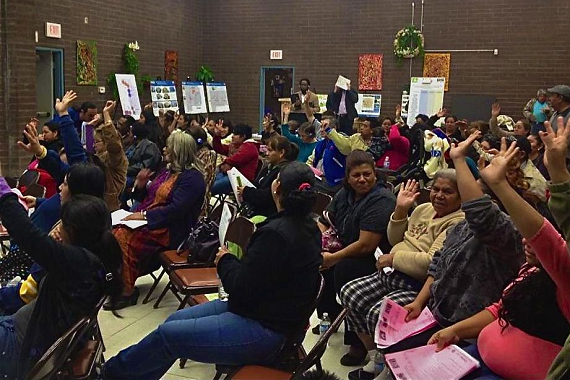
“SPEED BUMPS,” volunteered a participant in response to questions about what would improve the overall quality, safety, and walkability of their neighborhood.
Not because people are frequently flying down the street, the participant clarified, but because there are drive-by shootings in the area. Speed bumps would slow the speed at which shooters could get away, thereby deterring would-be shooters from entering the area. Fewer drive-by shootings means safer streets. Safer streets means more people will feel confident enough to walk, ride bikes, or just enjoy being out in their neighborhood more often. Problem solved.
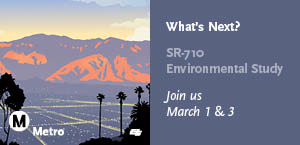
Whether or not speed bumps were the missing link in the safety matrix was not really important to Mark Glassock, Community Liaison for Community Health Councils (CHC) and one of the organizers of the meeting. What mattered most was how this unique, community-specific feedback underscored the importance of engaging communities in larger urban planning decisions.
Approximately 150 participants came to offer feedback on the city-led plan to transform and reshape neighborhoods in 10 Transit Oriented Districts (TOD) along the Metro Blue and Green Lines in South L.A.. Nearly all of them agreed that they wanted more walkable and bike-able streets and easier access to transit, Glassock reported. But what needs to happen for each community to reach those goals varies significantly from neighborhood to neighborhood. Costly, well-intended investments in infrastructure may go to waste if planners don't have a good grasp not only of the needs of community, but also of why their needs are what they are.
Bringing people together to help decide how their community should change seems like a no-brainer. Community input is essential for TOD developments, which are geared toward transforming transit centers into areas of greater residential and commercial density with higher quality parks and public spaces and more walkable and bike-able streets. Such input is particularly important in a place like South L.A., where the environment around transit stations is not just already built, but the neighborhoods have a unique history and character that needs to be preserved even as it is transformed.
Community engagement has not always been part of planning, however. There was limited consultation when the Blue Line was put in, which may help to explain why it slashes its way through communities the way it does and has such a dangerous history, contributing to over 100 fatalities and nearly 900 collisions since opening in 1990.
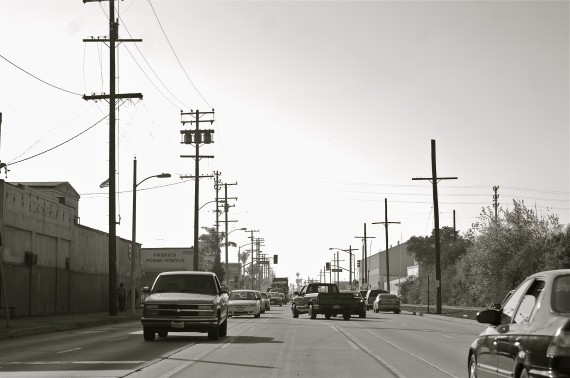
Part of the reason communities are not consulted, it would seem, has to do with the challenges inherent in reaching out to a historically disenfranchised population that is not easily reachable via the internet.
“We knocked on 1500 doors,” said Mark.
It took three months of canvassing neighborhoods, visiting the housing projects of Jordan Downs and Nickerson Gardens, doing outreach at transit centers, schools, the Watts Health Care Center, and the library — all to get 150 people to show up and add their voices to the mix. Even to reach this point, the process itself had been 18 months in the making, including field study, land-use analysis, community bike and walk audits, and interactive community visioning meetings
The number of participants may seem disproportionately small to the effort expended. But for Mark, it was an important exercise in community empowerment. Not only were he and the representatives of the Department of City Planning and the Department of County Public Health’s Project RENEW (all partners in engaging stakeholders on the plans) able to create dialogue and get valuable feedback, but they had the opportunity to communicate important messages about health. To combat the obesity epidemic and high incidence of diabetes in lower-income communities like South L.A., communities need to have more opportunities to engage in healthy activities in their neighborhoods. Health can't be something that is thought to happen a few hours a week in a gym or some other remote location.
“Health," said Mark, "starts where you live.”
If you are a resident along the corridor in South L.A. and would like to sign a petition card calling for the City, County, Department of Public Health, and the MTA to fund and work together with the community to complete plans for future development around the Blue and Green lines in South LA, please click here prior to March 6th: I Want Transit That Benefits South L.A.
